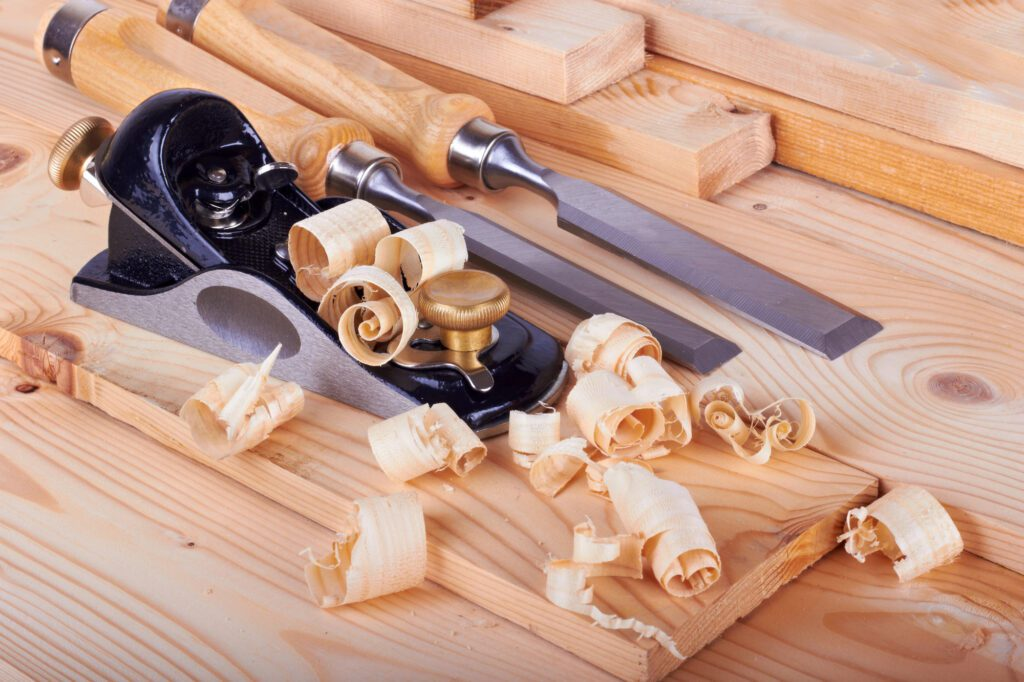What Is Finish Carpentry?

Finish carpentry is what professionals call the final touches that are placed after the completion of a construction project. According to Family Handyman, finishing carpentry includes tasks done in a home’s interior after installing drywall, insulation, plumbing, framing, etc. For example, finish carpenters install trim, shape, cut, and install decorative fixtures, staircases, cabinets, and moldings.
Even though most finish carpenters generalize and focus on all kinds of installations, some prefer to specialize in specific finishing. For instance, some carpenters specialize in installing crown molding or baseboards, while some focus on cabinet construction or custom stairwell installation.
One crucial aspect of finish carpentry is possessing a sharp eye for creativity and detail to produce symmetrical, unique finishes that are accurate and level. Finish carpenters need to be precise in measurement and cuts to install fixtures perfectly. Ideal finish carpenters should also equip themselves with social skills as it helps them to communicate with their clients during the designing phase and ensure they actualize their vision.
Types Of Finish Carpentry
This part of carpentry is available in various types, each using different techniques and equipment. A popular type most clients prefer is cabinetmaking, which entails the creation of shelves, cabinets, and various storage alternatives. Other types of finishing involve making furniture, installing staircases or flooring options, and installing trims and moldings. Whichever style of finishing you choose, you first need to comprehend some principles that apply to them to achieve optimum results.
First, your carpenter will smooth your surfaces before applying the finishing. This means sanding down bumpy surfaces until they’re level and even. If the surface contains holes, you’ll need to refill them using putty or other suitable materials before commencing sanding it down. After smoothing the surface, you can proceed to paint or stain it. Secondly, being vigilant about the grain of wood used during your finishing is another principle of finish carpentry. Grain patterns affect how the wood’s surface reflects light, so you should consider this when selecting a paint or stain color shade. For instance, if you want to stain your oak floor with a dark color, you’ll use a different approach than when you stain pine wood flooring. You should also pay attention to the reaction of various finishes with varying wood types, as some finishing materials accentuate the grain of wood more than other types.
Finally, focus on choosing ideal finishing products for the project’s completion. You can find various types of finishes, paint, and stain, and each comes with its drawbacks and benefits. Decide what style you prefer before selecting ideal finishing products with your carpenter. After choosing your products, ensure you go over the steps outlined before commencing your task.
Contact Fogg Carpentry today if you’re looking for a professional contractor to complete your finishing carpentry projects. We’ll ensure to provide you with reliable services to install finishes in your home.
The post What Is Finish Carpentry? appeared first on Fogg Carpentry.
